Unfortunately, in spite of the best efforts of many, suicide happens. This leaves surviving loved ones to navigate a confusing and difficult aftermath.
If you are coming to this resource through the Bio-One website, it is likely you are in the very recent aftermath of a loved one’s death and are unsure of what should happen next. While loss like this is never easy, there are many professionals who have years of experience helping people in similar situations that you can rely on during this devastating time.

Many resources that help with the aftermath of a suicide launch right into how to cope with grief, but if you are still in the phase of trying to manage the logistics, you may need more direct information.
This section will deal directly with things pertaining to your loved one’s remains, belongings, and the physical scene of their suicide. If these details have already been taken care of or if the specifics are too difficult for you to think about right now, please skip to the next section.
Once the police, coroner, and/or medical examiner have released the scene, your loved one’s remains will be removed from the location of the incident and transported to a medical facility.

If you are the immediate next of kin but were not the person who discovered and identified the body at the scene, you may be asked to identify the body in person or through photographs. If the prospect is too traumatic for you, you can decline and ask someone else to do the identification.
If the cause of death is clear, the coroner’s office or medical examiner’s office will usually release the victim’s body to the family within 1 to 3 days, at which point arrangements can be made for the chosen funeral home to transport the body and make preparations for their funeral.

After the investigation is concluded, it is up to the property owner or the victim’s friends and family to take care of any cleanup that may need to happen at the scene.
Do not try to clean up the scene yourself. Any blood or fluids left behind after a death are a biohazard, and attempting to do the cleanup yourself can be dangerous and deeply traumatic.

Homeowners insurance will usually cover cleanup costs, which can relieve one potential burden. Bio-One will take care of the insurance claim process for you in addition to handling the cleaning. We have all the equipment and expertise needed for the job, and we will treat the scene, the situation, and any belongings with respect and care.
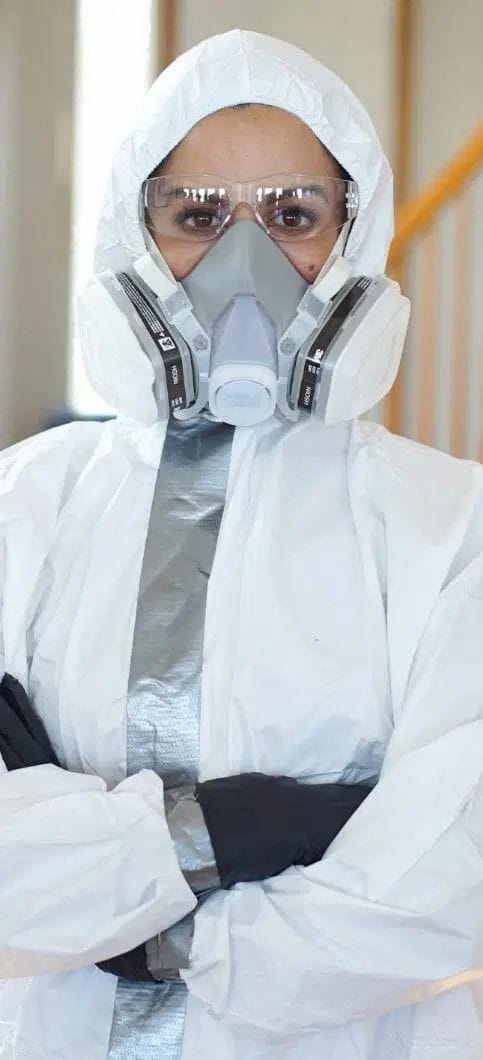
At Bio-One we recognize that it can be an important part of the grieving process for some people to know exactly what is involved in cleaning up the scene.
Any unattended death (as opposed to an attended death that happens in a medical facility or under hospice care) generally requires some level of cleanup. The intensity of the cleaning required depends on how the person died and how soon after death their body was discovered.
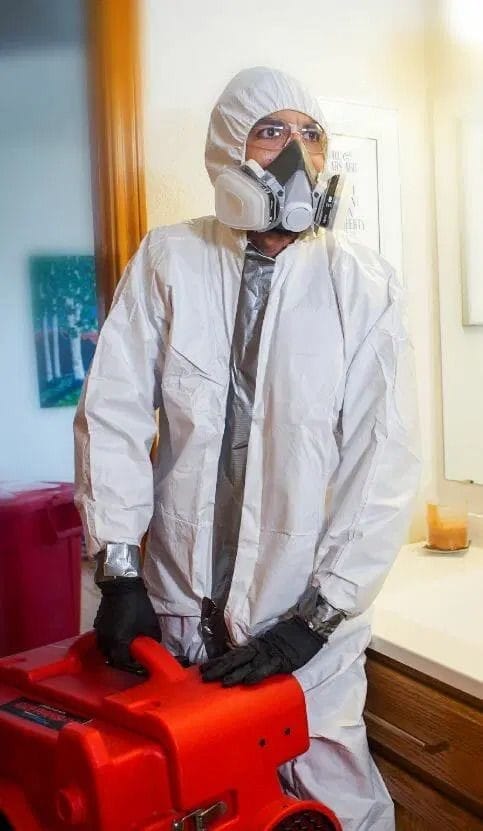
The nature of death and decomposition makes it so that cleaning up after a suicide is rarely an easy job. Blood and body fluids can quickly seep into furniture, carpet, and floorboards, causing massive damage as they putrefy.
It’s also important to know that the bio-matter involved in death cleanup can be dangerous for anyone without personal protective equipment. These situations require specialized deep cleaning and disinfection to remove all traces of fluids, soiled fabrics, bloodborne pathogens, and odors to make the area safe for habitation again.
At the same time, we are acutely aware that this cleanup is coming in the wake of incredible personal tragedy. While it’s important that the job be thorough, it must also be handled with as much care as possible toward the scene and any of the victim’s affected belongings. It is our goal to complete the job without inflicting further trauma on grieving loved ones.
The cleaning itself begins with a thorough inspection of the scene to assess what supplies will be needed, how much bio-hazardous material will need to be removed, and the extent of any damage that could be caused by decomposition.

The next step is to clean and dispose of any visible blood, body fluids, and compromised porous items. We carefully follow OSHA guidelines to contain, disinfect, and dispose of all bio-matter properly in accordance with state laws to ensure the safety of everyone involved.
This stage can sometimes involve removing sections of soiled carpeting, floorboards, baseboards, and other household items to ensure that no hazardous material is left behind.

We will take care at this time to preserve any personal items that can be safely cleaned. Porous materials like clothing and stuffed animals can’t be truly disinfected, but upon request we will clean them to the best of our ability and return them to the family.
Once everything has been thoroughly cleaned and disinfected, we take care to get everything to a point where we can hand it off to contractors for restoration work. We will handle filing the claims with your insurance company to make sure the remediation process is underway.
We are there with our clients through every step of the process to make sure they are not left in the dark about anything that is happening to their loved one’s property or belongings.
While this may not help to ease the pain of losing a loved one, hopefully knowing you can leave the cleanup in the hands of seasoned professionals will ease some of the stress burden during this difficult time.
One of the most difficult moments in the aftermath of a suicide is having to inform the rest of the victim’s inner circle of the news. As painful as it was to discover the scene or to be told the news by someone else, if it is your responsibility to let others know, it can feel like experiencing the horror of those first moments over and over again.
Be sure to delegate. It’s an unpleasant task but a necessary one, and you will get through it more quickly if you have your immediate support system help you with delivering the news.

You can be direct, and if it’s too difficult for you to handle bearing the emotional fallout of each call, it can be a short one. The only people who need to be told directly are immediate family and the person’s closest friends.
Everyone else can be informed with a social media post. This will help mitigate some of the emotional drain of telling loved ones about the news. This post can be succinct. Whatever you have the capacity to say is fine for now, as long as you get the news out to the people who need to know about it.
You are then perfectly justified in muting all notifications on the post. People will have condolences and questions, but those can wait. Focus on what’s immediately important and return later when you have more emotional capacity.

There may be young children in the immediate or extended family who will need to be told. If this falls to your responsibility, wait until you have taken care of your own emotional needs enough to be at a point where you can be calm enough to tell them in an appropriate way.
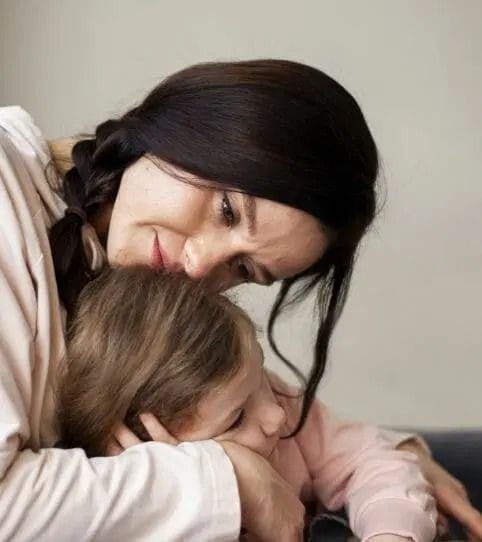
Children are capable of understanding a lot more than we give them credit for, death included, so you can be honest with them about what happened. Be sure to explain it in a way that is appropriate to their age, avoiding focus on the act itself, and prepare to answer any questions they have in a similar manner.
Assure them that they are not at fault in any way for the loved one’s suicide, especially if the victim was a parent or caretaker, and then encourage them to express how they are feeling with you.
Let them know that it is okay if they need to cry or be angry, and that you are there for them in whatever they need.

With the logistics of the direct aftermath out of the way, the last truly important thing to do is make sure there is some sort of memorial for the victim. Even if they would not want a full funeral, it’s extremely important for anyone experiencing grief to have the opportunity to honor and say goodbye to their loved one.
Most funeral homes will be able to help coordinate a memorial service appropriate for the culture and wishes of the deceased, though some families prefer to do the preparation and memorial themselves.
Whatever you choose to do, especially if you are spearheading the planning, remember to pace yourself and ask for help if needed. This is not the time to shoulder everything on your own.
The time leading up to the memorial and burial can be hectic, so it’s difficult to allow yourself time to process. As soon as your loved one is laid to rest, you will need to give yourself the time and space to grieve in whatever way you need to.

The first step to suicide intervention is recognizing warning signs.
Once the signs have been recognized, it’s equally important that something is done about it. We’re here to help you understand what you can do, what will help, and what to avoid.
People who are struggling may not be very forthcoming about feeling suicidal. However, there may still be signs that might help loved ones know when to approach them with support or intervention.
Major warning signs someone may attempt suicide include:
These indicators are serious and require intervention, but may not be an immediate emergency. However, if the person is directly threatening suicide, posting on social media about death or suicide, or researching or seeking access to methods of suicide, call 911 immediately. *

* Threats of suicide should always be taken seriously, but if they are coming from an abusive partner—especially if you are trying to leave—take measures to secure your own safety first. A suicidal abuser may also try to harm their partner before taking their own life. Get to safety and contact emergency services.
Signs can be subtle, or even misleading, so don’t blame yourself if some things slip your notice and things come to a crisis point. Do your best to invest in your close relationships so you can more easily notice when something is off. This is especially important if your loved one is experiencing mental illness.

No matter the circumstances, understand that missing signs does not mean you have failed them.
It is sometimes the case that a person who has been depressed or in crisis for a long time will suddenly become uncharacteristically calm or upbeat if they have decided to attempt suicide. This can happen because they feel they have found a simple resolution to their problems and that an end to their suffering is in sight.
This is why it is so important for loved ones to be aware of the person’s feelings and behavior patterns so they might recognize when a sudden positive change in mood may be cause for concern.
If you have noticed warning signs in your loved one but they have not spoken to you directly about feeling suicidal, the next step is to speak to them. Starting a dialogue can feel awkward or invasive, but your willingness to talk may give the person permission to speak where they previously felt they couldn’t.

Some questions to ask to start a conversation may include:
These questions can help you assess how serious the danger is and respond accordingly.

The knowledge that a loved one may be at risk of suicide can be overwhelming. Whether they have directly confided in you about their struggles, or you have noticed concerning behavior from them, it can be difficult to know what to do next.
The first thing to know is that your intervention is already a big step toward keeping your loved one safe. Your response may not be perfect, but your willingness to act on their behalf is already going a long way toward bringing them the support they need during this time.

There are a few things to avoid when intervening with someone who is feeling suicidal.

Once you have talked to your loved one about their suicidal thoughts, it is important not only to take action, but to follow through no matter what. Even a person who is willing to seek help may not have the motivation or ability to do so on their own, so your own motivated support is crucial.
If the threat is not immediate, you can start by helping your loved one find a doctor or mental health professional to get them on a path to recovery. You may need to go so far as to make the first phone call, or even to take them to their appointment.
People suffering from severe depression have a difficult time following through on these things, so it may be up to you to make sure the initial steps toward seeking help are executed.

If your loved one has told you about their plans to take their life:
Don’t keep secrets. Even if it was told to you in confidence, and even if they are upset with you for telling, their safety is far more important.
Reach out for help. If you are not in a direct position to help and monitor your loved one, contact someone who is.

If they are a minor, contact parents and school counselors, as well as any other trusted adults in their life.
If they are an adult, contact partners, roommates, close family members, or any others who may be in a position to help you keep track of the person and find them help.

Remove access to dangerous items. If you are directly responsible for the person, you can help ensure their safety while you work on getting them help by staying aware of their location and restricting access to any means of self-harm (pills, weapons, access to heights or busy roads, etc.).
Though suicidal ideation and planning may be ongoing and persistent, the crisis period during which someone is likely to actively attempt suicide is usually short. Until it passes, this is the most important time to provide support and reduce access to lethal means.
Finally, if at any point you suspect the situation has escalated to become an emergency, don’t hesitate to call 911. You can also call the 988 Crisis & Suicide Prevention Lifeline for guidance on what to do in your specific situation.
Suicide can be prevented. The more quickly a person’s loved ones notice and take action toward helping them, the more likely they will be able to get the help they need. However, please remember, it is not your fault if your loved one dies by suicide. No matter the outcome, your efforts are important, and your support could save a life.
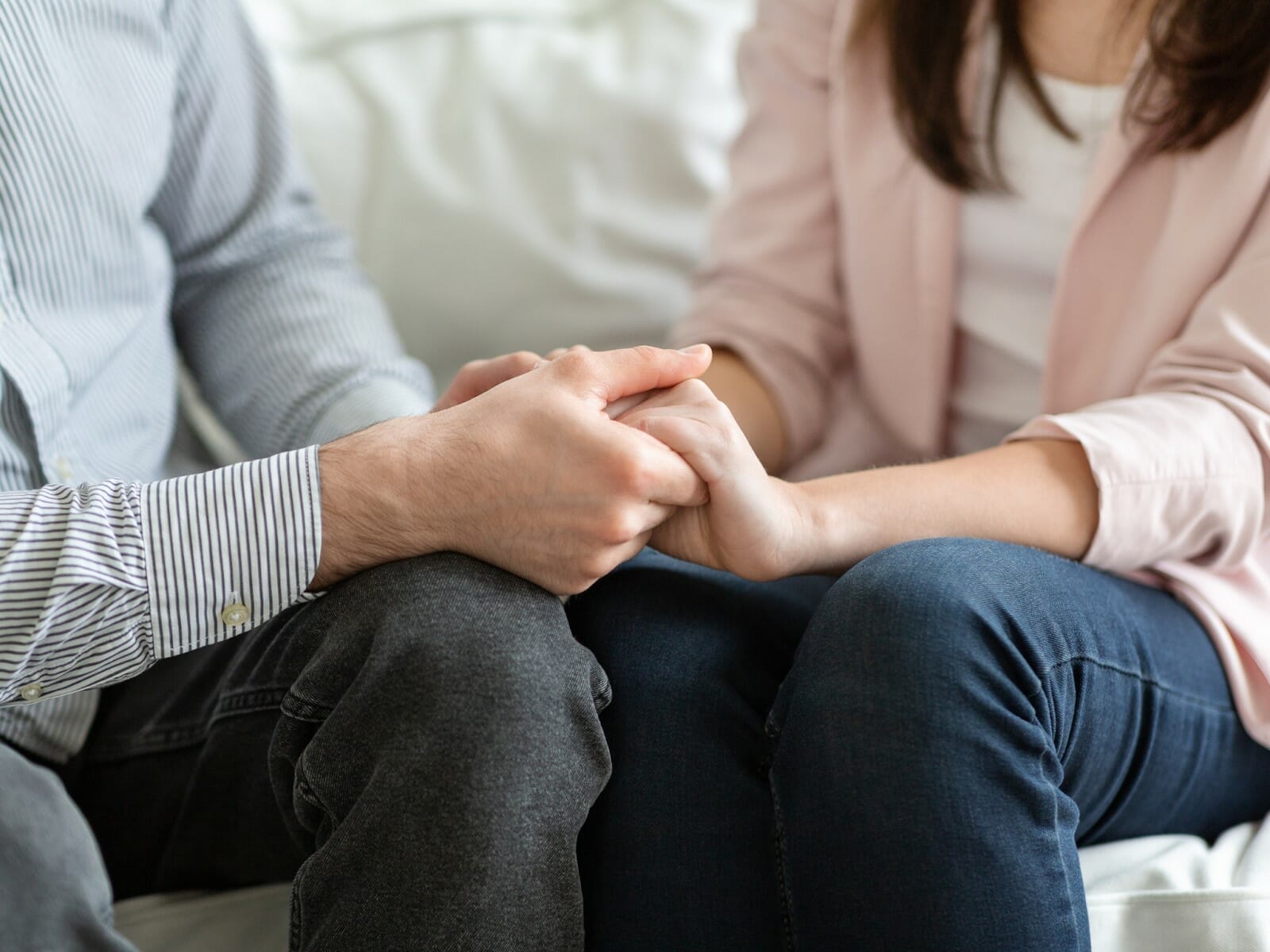
Suicide is a difficult topic most people prefer to avoid altogether. Our societal aversion to the topic means most people don’t know what they need to do if the unthinkable happens.
Unfortunately, in spite of the best efforts of many, suicide happens. This leaves surviving loved ones to navigate a confusing and difficult healing and cleanup process.
Many resources offering help following suicide launch right into how to cope with grief. But if you are still in the phase of trying to manage the logistics, you may be looking for different information.
As a biohazard cleanup company, our work at Bio-One often involves families coping with the loss of a loved one to suicide. Because of this, we strive to do our part to help by providing some helpful information for navigating this difficult time.

If you are here because you need information, it’s likely you’ve already contacted emergency services about the death. After the police, coroner, and/or medical examiner have released the scene and your loved one’s body has been transported to a medical facility there are a few things that need to happen next:
Suicide cleanup is a job that should be entrusted to professionals. If you are currently in the position of needing to arrange for cleanup, please contact Bio-One right away at 303-625-6543.
We have all the equipment and expertise needed for the job, and we will treat the scene, the situation, and any belongings with respect and care. We will also help you to get the insurance process underway to get cleaning costs covered by your homeowner’s insurance. Through this difficult and traumatic time, this is the last thing you should have on your plate. We are here to help.
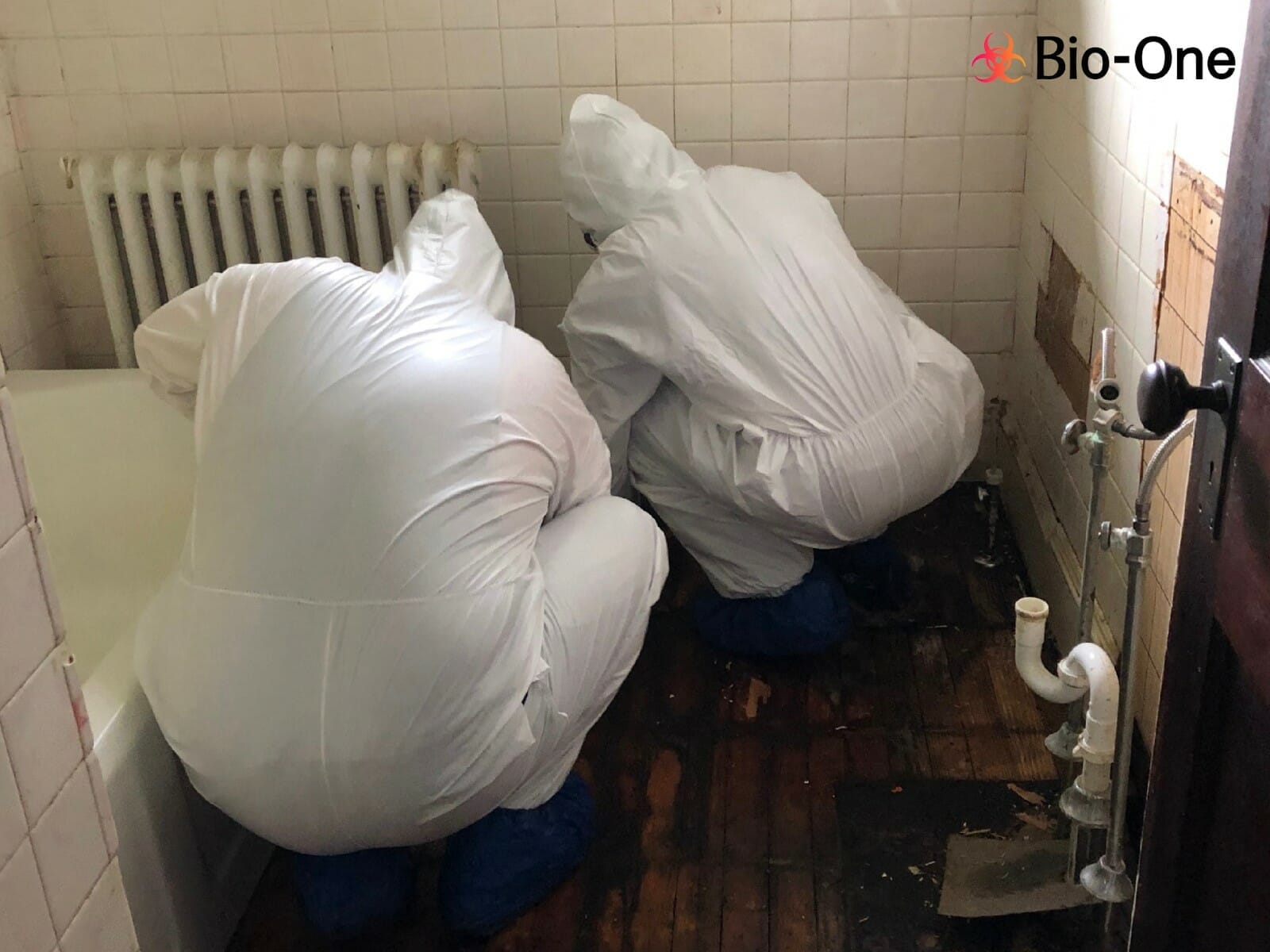
Even though you are not participating in the cleaning itself, understanding what’s involved can be an important part of the grieving process. Some people may need to know exactly what is involved in cleaning up the scene.
The time required for a clean-up and the extent of what’s required can vary depending on how much bio-matter is left at the scene and how long the body was there. Bio-One has a tried-and-true process to restore the scene to a safe and habitable state in a way that is both thorough and respectful.
Our process is as follows:
We hope these details will help to take some weight off your mind during this difficult time so you can focus on any preparations you need to make.
With cleaning out of the way, your remaining responsibilities may focus on informing family and friends and/or making funeral arrangements. Be sure to take care of your own mental health as you take the next steps. You are going through something very painful, but hopefully the help from your family, friends, loved ones, and community will ease some of the stress.

Bio-One is here for you as you weather this tragic time. We hope our service will help ease your burden. Though the circumstances may be difficult, we are honored to be a part of your community at this incredibly challenging time.
If you or someone you know may be considering suicide, contact the National Suicide Prevention Lifeline at 1-800-273-8255 (en español: 1-888-628-9454; deaf and hard of hearing: dial 711, then 1-800-273-8255) or the Crisis Text Line by texting HOME to 741741.

According to the American Psychiatric Association, suicide is the 10th leading cause of death in the United States and the second leading cause of death (after accidents) for people aged 10 to 34. And according the CDC, published reports from 2020 suggest that the pandemic has had a negative effect on children’s mental health.
“Beginning in April 2020, the proportion of children’s mental health–related ED visits among all pediatric ED visits increased and remained elevated through October. Compared with 2019, the proportion of mental health–related visits for children aged 5–11 and 12–17 years increased approximately 24%. and 31%, respectively.”
Researchers have yet to link recent suicides to the pandemic since 2020 suicide data is not yet available. But on the ground, there's growing concern.
The February 2021 NPR article “Child Psychiatrists Warn That The Pandemic May Be Driving Up Kids' Suicide Risk” explores possible correlation. Takeaways include:
For ways to help kids at risk, NPR encourages readers to read Part 2 of their story, “Make Space, Listen, Offer Hope: How To Help A Child At Risk Of Suicide”.
Suicide Prevention Resources
Survivors of Suicide – What to Do Next
The loss of a loved one by suicide can be a deeply painful and traumatizing experience; however, it’s important to know that everyone experiences suicide loss in their own way. As you begin the process of healing, consider reading the American Foundation for Suicide Prevention’s guide for to talk to others about what happened and identify ways to take care of yourself.
Additionally, if you have lost someone to suicide, there may be a cleanup required. There is no need for family or friends of the loved one to be further traumatized or overwhelmed with trying to figure out how to clean the impacted area. Bio-One is here for you. Learn more about Bio-One’s suicide remediation services.
If you or someone you know may be considering suicide, contact the National Suicide Prevention Lifeline at 1-800-273-8255 (en español: 1-888-628-9454; deaf and hard of hearing: dial 711, then 1-800-273-8255) or the Crisis Text Line by texting HOME to 741741.